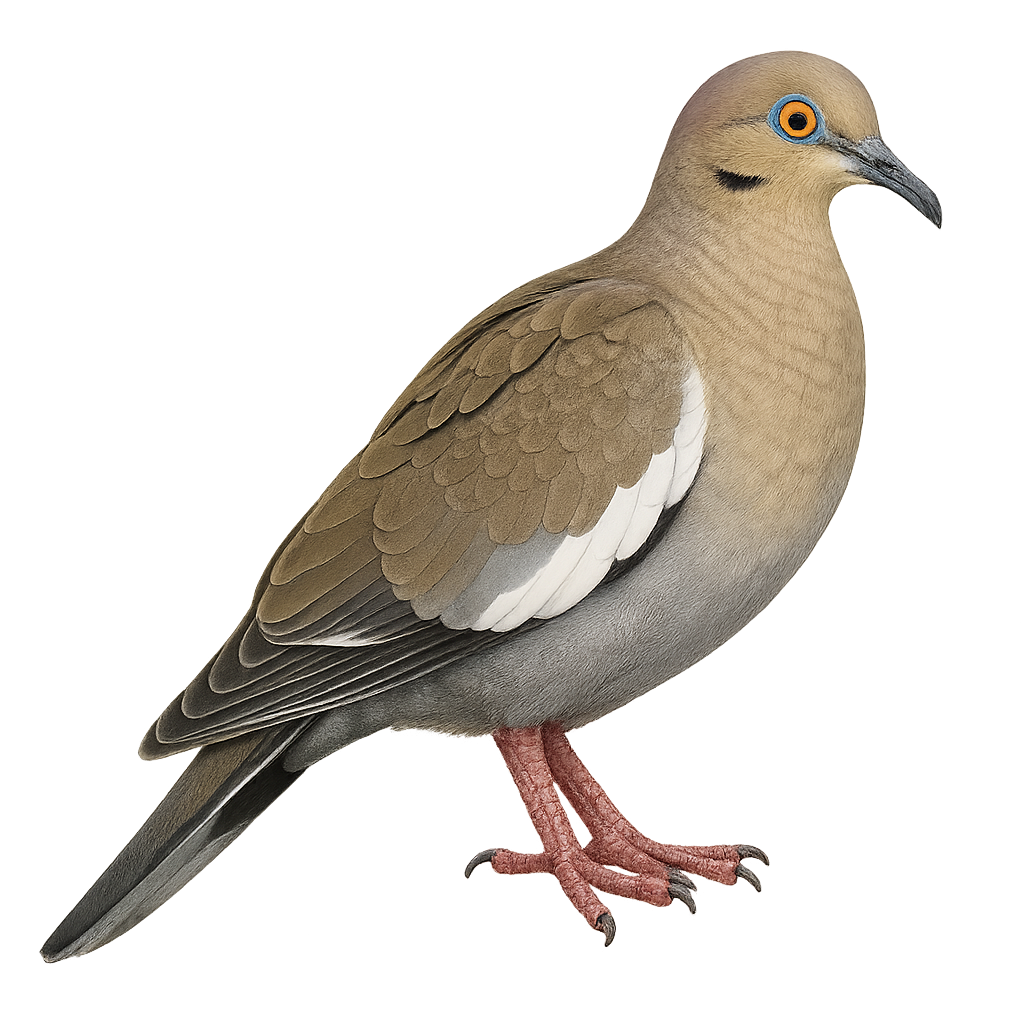Your wildlife photography guide.
Explore the white-winged dove in detail, study its behavior, prepare your shots.
Where to observe and photograph the white-winged dove in the wild
Learn where and when to spot the white-winged dove in the wild, how to identify the species based on distinctive features, and what natural environments it inhabits. The WildlifePhotographer app offers tailored photography tips that reflect the white-winged dove’s behavior, helping you capture better wildlife images. Explore the full species profile for key information including description, habitat, active periods, and approach techniques.
White-winged Dove
Scientific name: Zenaida asiatica

IUCN Status: Least Concern
Family: COLUMBIDAE
Group: Birds
Sensitivity to human approach: Tolerant
Minimum approach distance: 10 m
Courtship display: April to August
Incubation: 13-15 jours
Hatchings: April to September
Habitat:
open woodlands, urban areas, savannas
Activity period :
Primarily active during the day, with peak activity in the morning and late afternoon.
Identification and description:
The White-winged Dove, Zenaida asiatica, is a robust and elegant bird, easily recognized by its distinctive white wing band visible in flight. It has a gray-brown plumage with iridescent neck reflections and a long, tapered tail. Its soft, melodious call is often heard in the arid and semi-arid regions of North and Central America. It adapts well to urban and rural environments, feeding mainly on seeds, fruits, and insects. This species is known for its ability to travel long distances in flight, allowing it to migrate to warmer areas during winter.
Recommended lens:
400mm – adjust based on distance, desired framing (portrait or habitat), and approach conditions.
Photography tips:
To photograph the White-winged Dove, choose the golden hours of morning or afternoon for soft, flattering light. Use a 400mm or longer telephoto lens to capture fine details without disturbing the bird. Be patient and discreet, approaching slowly to avoid scaring it away. Look for natural backgrounds that highlight the bird's plumage. If possible, capture the bird in flight to showcase its distinctive white wings.
The WildlifePhotographer App is coming soon!
Be the first to explore the best nature spots, track rutting seasons, log your observations, and observe more wildlife.
Already 1 415 wildlife lovers subscribed worldwide

